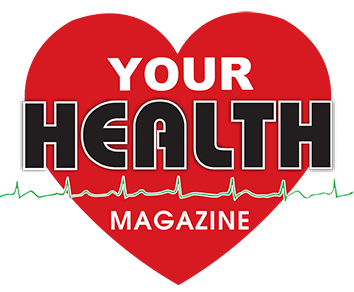
More Dental Health Articles
Impaired Oral Function
Part One of a Two Part Series
In part two of my previously published three part series “Women, Breathing, Sleep Apnea, Menopause, Posture and More” I discussed the three ways the body compensates for impaired oral functions of speaking, swallowing and breathing. They are
an increased state of “fight or flight” as adrenaline like affects
postural changes that often appear to be characterized by forward head posture
clenching and grinding of the teeth, which leads to most TMJ symptoms.
In this two-part article, I suggest the following exercise to demonstrate “postural compensation” and how your posture is associated with breathing and may be causing your pain.
Ideal posture is when the earlobes are directly over the centers of the shoulders, the hip bones, the knees and the ankles and these landmarks [right to left] are parallel to the horizon while the body is perpendicular to it.
To demonstrate this, stand barefoot with your heels, buttocks, shoulders, head and back against the wall. Then note that to force your posture straight, the head is tilted upward. Keep the back of your head and shoulders against the wall and tip your head down until your eyes are parallel to the horizon, as a soldier at attention. This will cause you to feel as if your airflow is reduced or cut off, and may even cause choking.
While in this position, attempt to speak, swallow and breathe. Note your ease or difficulty in this. Finally, move away from the wall, back to your comfortable compensated posture referred to as normal, and attempt to speak, swallow and breathe again and compare the difference.
It is easier to breathe when you are standing less straight. If the tongue is pushed back, it narrows the throat or airway. Curving the spine forward, behind the throat, provides more space behind the tongue and opens the airway.
Experts indicate that sleep apnea and snoring from collapse of the tongue into the throat worsens with age. And, this may be why we get bent over as we age to compensate for this, and be able to breathe easier.
We can us CPR as another way to illustrate this. The first priority of CPR in an unconscious person is to open the airway. Most everyone knows that tipping the head backward helps to achieve this. It mimics our initial stance during the exercise. Its not perfect posture, but it helps open the airway. Also note that the forward jaw thrust used during CPR also helps open the airway during the exercise after the head is tipped forward and down to the horizon.
Most people are unaware that they unconsciously position their head and neck to allow them to breathe easier. At the same time, the position which helps them breathe easier may be the same position which causes musculo-skeletal problems, and associated pain in the head, neck, shoulders and other parts of the body. They are usually just as unaware of the modern methods to treat these problems.
Save this article, as it leads into part two in your next Your Health Magazine issue.
Other Articles You May Find of Interest...
- Let’s Smile Dental’s 7&Up Club
- Strengthening Smiles: Understanding the Importance of Splinting Periodontally Involved Teeth
- Understanding Soft Tissue Grafting: A Key To Periodontal Health
- New Solutions for Dentures and Dental Implants
- Cerec Dental Technology
- Commonly Treated Orthodontic Problems
- Can You Benefit From Braces?

















